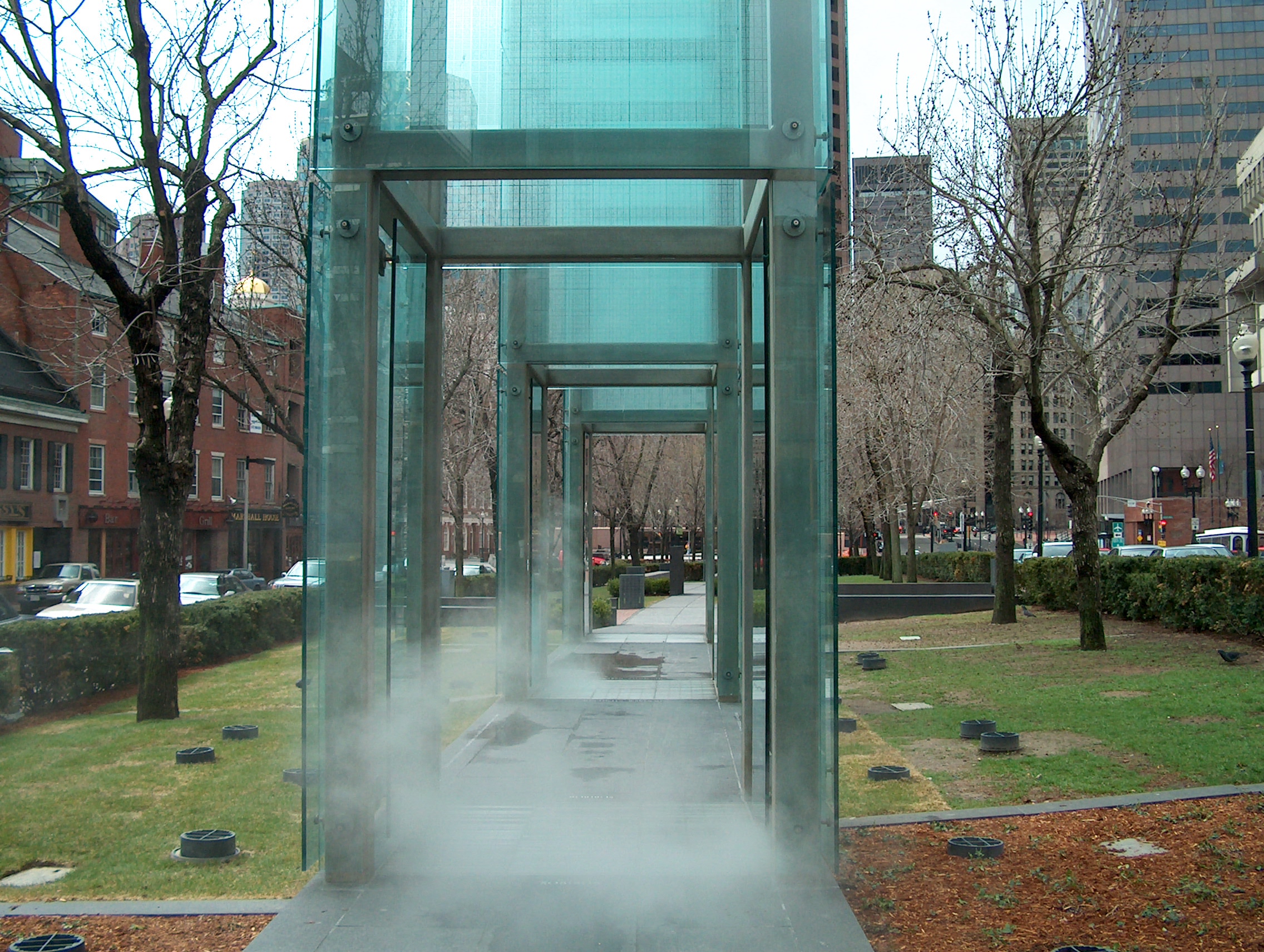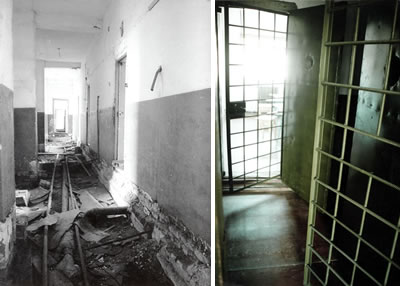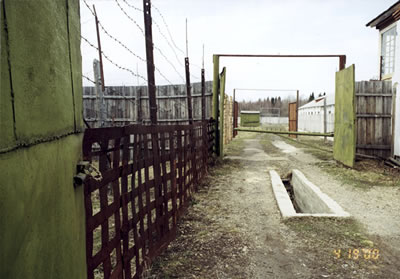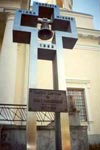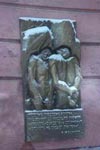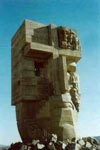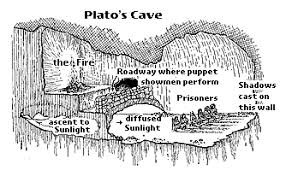Some thoughts on Stanley Kubrick's film "2001, A Space Odyssey" and Antoine
Watteau's paintings. by Helen Dimitroff.
2001, A Space Odyssey is a magnificent combination of a man's grasp of
technology (even before computer animation) and the graceful strains of Johann
Strauss's "The Blue Danube" waltz, which enables one to float through space
in complex craft -- seemingly free of the will of others. After catapulting
past the coloured, textured space over Jupiter's atmosphere, a strange
stillness reigns as astronaut Dave Bowman steps into another future, or as
Kubrick's caption describes it: "Beyond the Infinite." Dave emerges from his space
pod as an older man. Next, an older, more awkward Dave is seen dining at a
table, mysteriously surrounded by an elegant Baroque interior featuring
beautiful statues and paintings by Antoine Watteau, court painter to Louis XIV.
Watteau's paintings are technically complex and powerful, and also appear
to express Kubrick's need to seek the unattainable; perhaps to live forever
in the infinite freedom of outer space.
And so to Watteau's most famous painting, "Embarkation for Cythera" (1717),
which depicts elegantly dressed royalty embarking for an idyllic island in
which people live forever in ignorant bliss. These sumptuously corsetted and
coiffed courtiers were types painted by Watteau to please his patron,
although he actually preferred quite different subjects. In this case, rather
than depict the desired utopian world, Watteau had been obliged instead to
render portraits of the King's preening favourites. Watteau had stopped at the
brink of the infinite, still bound by convention.
Kubrick chose Watteau's Baroque work as his own point of embarkation, but
now in order to transcend the limits imposed on Watteau by his style and
milieu -- by extension also the limits of mankind's science, technology and
rational thought. At this point too, Kubrick juxtaposed the intricately refined
Baroque art with a stark, minimalist sculpture: his black monolith (a device
used in the film to signal significant events in human evolution). This
visual progression is expressed also in music: the Viennese waltzes give way to
discordant, modern chorales of Ligeti, and culminate in "Thus Spake
Zarathustra" of Richard Strauss -- a work inspired by Friedrich Nietzsche (a sort
of musical thesis/antithesis/synthesis). (The story's HAL computer
represented a flawed technological embarkation.)
An aged, dying Dave is reborn as the Star Child: a Nietzschean Overman.
2001, A Space Odyssey is a magnificent combination of a man's grasp of
technology (even before computer animation) and the graceful strains of Johann
Strauss's "The Blue Danube" waltz, which enables one to float through space
in complex craft -- seemingly free of the will of others. After catapulting
past the coloured, textured space over Jupiter's atmosphere, a strange
stillness reigns as astronaut Dave Bowman steps into another future, or as
Kubrick's caption describes it: "Beyond the Infinite." Dave emerges from his space
pod as an older man. Next, an older, more awkward Dave is seen dining at a
table, mysteriously surrounded by an elegant Baroque interior featuring
beautiful statues and paintings by Antoine Watteau, court painter to Louis XIV.
Watteau's paintings are technically complex and powerful, and also appear
to express Kubrick's need to seek the unattainable; perhaps to live forever
in the infinite freedom of outer space.
And so to Watteau's most famous painting, "Embarkation for Cythera" (1717),
which depicts elegantly dressed royalty embarking for an idyllic island in
which people live forever in ignorant bliss. These sumptuously corsetted and
coiffed courtiers were types painted by Watteau to please his patron,
although he actually preferred quite different subjects. In this case, rather
than depict the desired utopian world, Watteau had been obliged instead to
render portraits of the King's preening favourites. Watteau had stopped at the
brink of the infinite, still bound by convention.
Kubrick chose Watteau's Baroque work as his own point of embarkation, but
now in order to transcend the limits imposed on Watteau by his style and
milieu -- by extension also the limits of mankind's science, technology and
rational thought. At this point too, Kubrick juxtaposed the intricately refined
Baroque art with a stark, minimalist sculpture: his black monolith (a device
used in the film to signal significant events in human evolution). This
visual progression is expressed also in music: the Viennese waltzes give way to
discordant, modern chorales of Ligeti, and culminate in "Thus Spake
Zarathustra" of Richard Strauss -- a work inspired by Friedrich Nietzsche (a sort
of musical thesis/antithesis/synthesis). (The story's HAL computer
represented a flawed technological embarkation.)
An aged, dying Dave is reborn as the Star Child: a Nietzschean Overman.




















